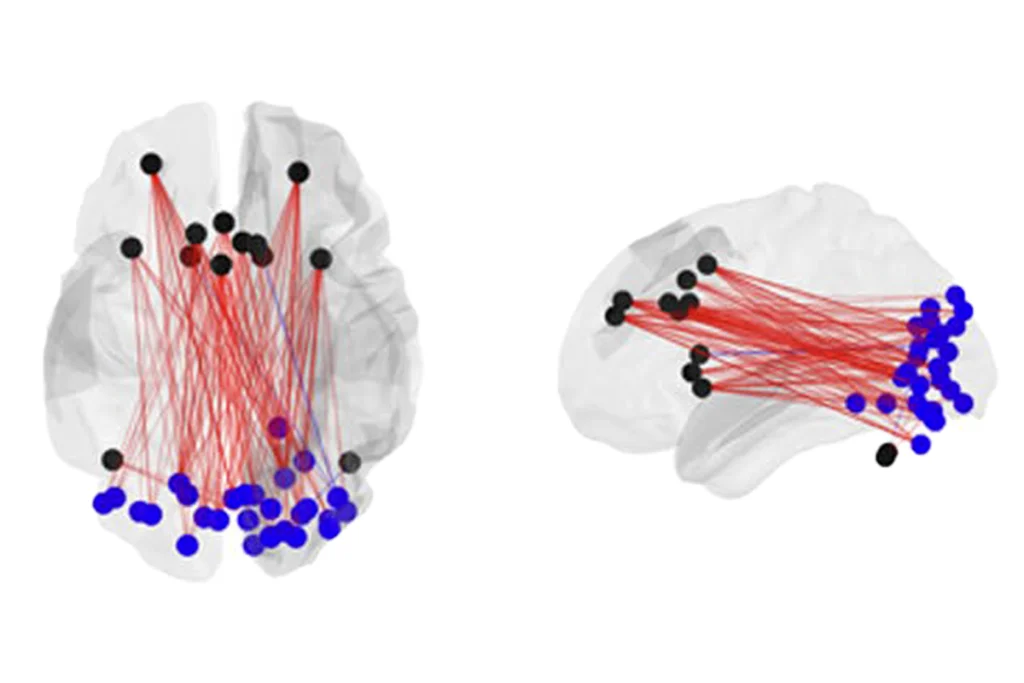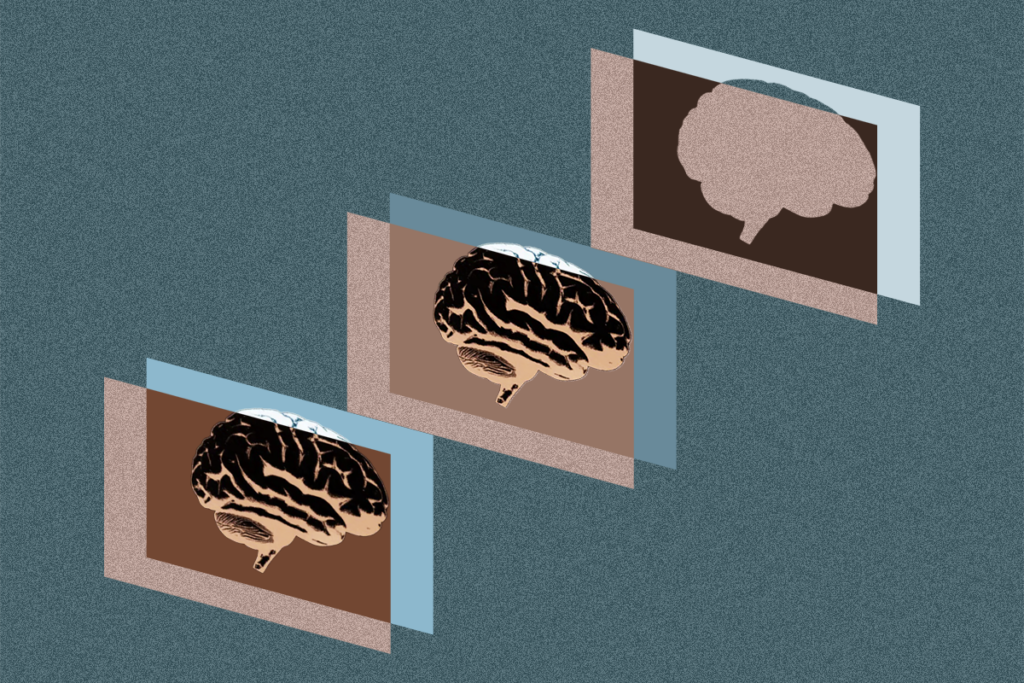This article is more than five years old.
Neuroscience—and science in general—is constantly evolving, so older articles may contain information or theories that have been reevaluated since their original publication date.
A number of imaging tools are available to study connectivity in autism, each providing a slightly different picture of the disorder.
A number of tools are available to study connectivity in autism, each with strengths and limitations.



